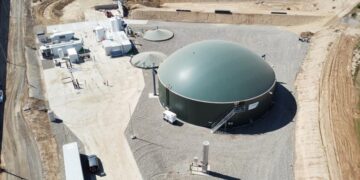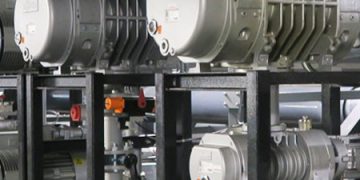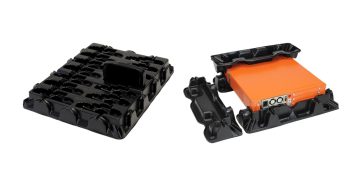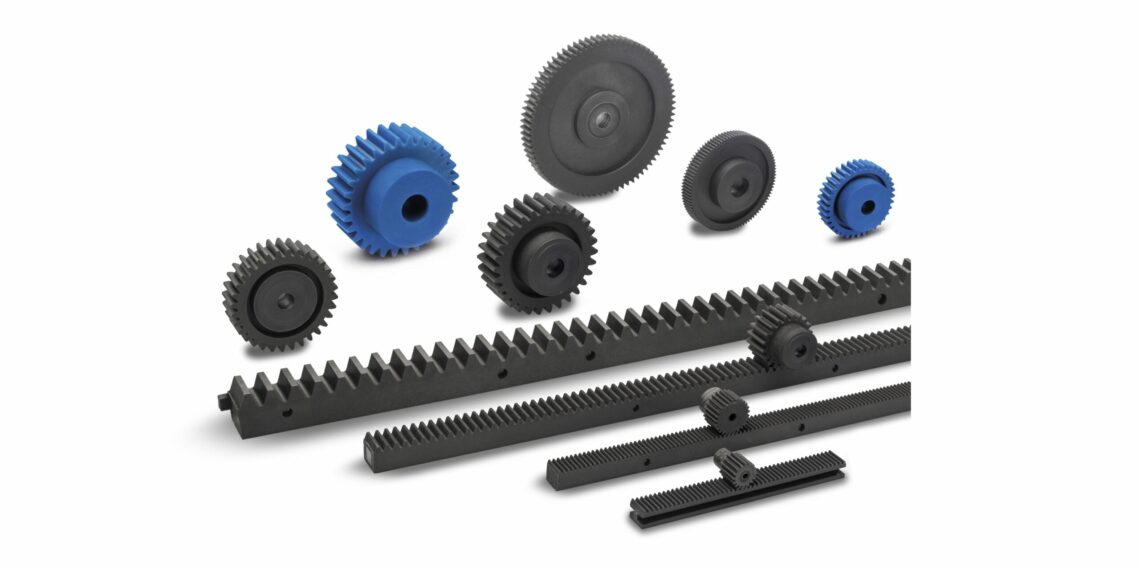Gears and gear racks used for transmitting torque and forces within gearboxes are typically made of hardened steel. For many other uses and applications, gears and racks made from plastic are the better choice. These generally require no lubrication and are cheaper, lighter, quieter, and more resistant to corrosion than metal gears. That is why Ganter is expanding its range with polyamide gears and racks that can transmit high forces and torques.
Gears and racks made from polyamide are preferred in mechanisms that must transmit high torques at low speeds. This includes packaging machines, chemical and pharmaceutical manufacturers as well as food production. The components are combined to convert rotational movements into linear movements or vice versa. Synchronous, symmetrical, or even proportional movements can be easily achieved when used with clamping jaws, grippers, or assemblies.
Standard parts specialist Ganter has considered the basic principles of gearing and introduced the spur gears GN 7802 and gear racks GN 7822 made from strong and long-lasting polyamide. Due to their low coefficients of friction, these require no lubrication, and are made of FDA-compliant glass fiber-reinforced plastic suitable for use in food-processing applications. The components are also available in grey or blue for better visual detectability.
The polyamide gears and racks from Ganter are designed for temperatures up to 120 centigrade and for contact with aggressive media such as acids, gases, and saltwater. Plastic gears are lighter and more economical than metal gears and therefore lower the weight and cost of devices, systems, and machines.
The gears and racks are designed as an involute gear with a 20° angle, the design structure helps to reduce torque variation and allow for greater assembly flexibility. Ganter offers spur gears GN 7802 designed in module sizes from 0.5 to 3. The polyamide gear racks GN 7822 can be ordered with module sizes from 1 to 3 and feature a steel core to prevent deformation.

















